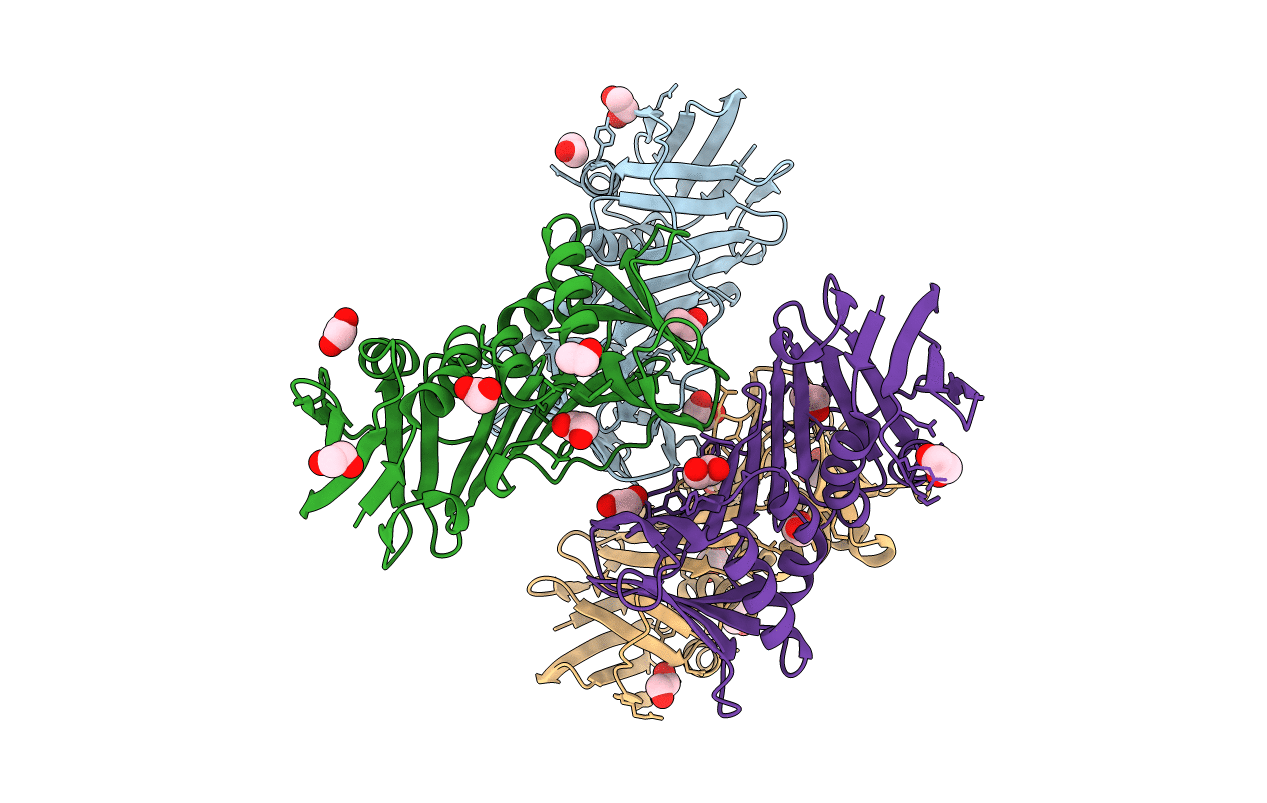
Deposition Date
2006-10-01
Release Date
2007-10-16
Last Version Date
2023-08-30
Entry Detail
PDB ID:
2IJX
Keywords:
Title:
Crystal structure of PCNA3 monomer from Sulfolobus solfataricus.
Biological Source:
Source Organism:
Sulfolobus solfataricus (Taxon ID: 273057)
Host Organism:
Method Details:
Experimental Method:
Resolution:
1.90 Å
R-Value Free:
0.25
R-Value Work:
0.20
R-Value Observed:
0.20
Space Group:
P 41 21 2


